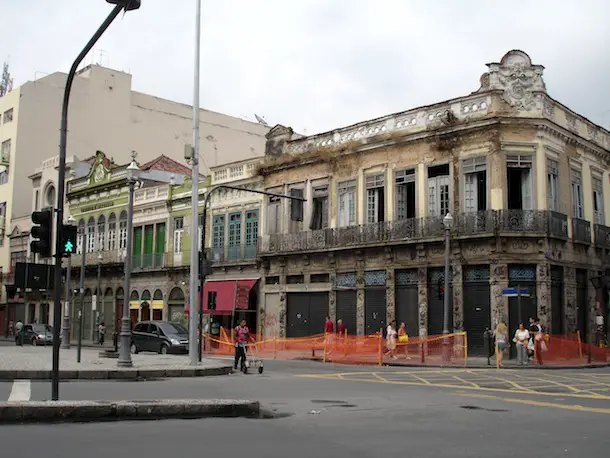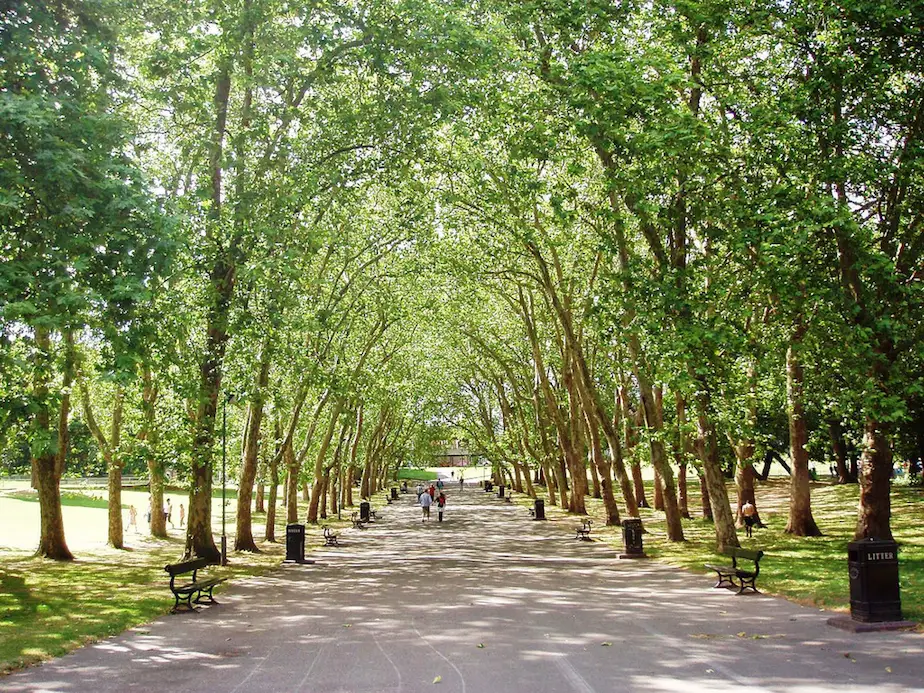The benefits associated with green building have become well established as the movement has taken flight in recent years. Now, many experts are noting the benefits of sustainable building in cities that have been ravaged by natural disaster.
The economic impact of buildings constructed to the standards of Leadership in Energy and Environmental Design (LEED) are well documented. Paul von Paumgartten, Director of Energy and Environmental Affairs at Johnson Controls, Inc., penned a report in 2003 entitled, ‘The Business Case for High Performance Green Buildings: Sustainability and Its Financial Impact’. In it, he noted the many benefits of green building, such as “reduced energy consumption and their associated costs, increased occupant productivity and worker retention, increased market values, and reduced health liability risks due to better indoor air quality.” Based on numerous studies, he estimated that buildings that were constructed to meet LEED criteria saved more than 250 percent in up-front costs over a 40-year useable life cycle.
Likewise, the impact of inefficient buildings is also well established. According to the Environmental and Energy Study Institute, buildings are responsible for one-third of carbon emissions in the United States; a similar study by IBM reveals that commercial buildings utilize roughly 42% of the electricity produced worldwide – and still manage to waste half of it. In monetary terms, this wastefulness translates into hundreds of billions of dollars lost.
Saving energy and promoting sustainability arguably carry the greatest importance in cities and regions that have been ravaged by natural disasters. This has certainly proven true in New Orleans, which is still recovering seven years after Hurricane Katrina spilled over the city’s levees and buried it underwater. Today, the Build It Back Green (BIBG) program encourages New Orleans residents to not only rebuild their homes, but do it using green techniques that save energy, conserve water and improve indoor air quality. Sponsored by Global Green Building and made possible from a number of local and national foundations, BIBG also provides energy-efficiency workshops for residents living throughout the city.

Another example is the town of Joplin, Missouri, which last year was ravaged by a staggering tornado that killed more than 150 residents and inflicted roughly $2.8 billion in property damage. Today, the Extreme Home Fund, a program sponsored by faith-based organization Convoy of Hope, looks to reverse the destruction by building dozens of energy-efficient homes in Joplin. In addition, the city recently held a seminar to address green topics such as stormwater management, geothermal heat systems and alternative energy.
In addition to providing relief for cities that have already been harmed, William E. Rees recently noted in Scientific American that green building could ostensibly be used to prevent future disasters from having a significant impact. His recommendations include a high number of multifamily housing units to reduce per capita land consumption; increased emphasis on both recycling programs and car-free transit; and co-generation of electricity and use of industrial waste to reduce household energy usage. But he adds that improved efficiency is insufficient – and that cities must learn to function as self-reliant ‘ecosystems’ consisting of an optimized core surrounded by supportive inputs. “By being less reliant on imports, they would be partially insulated from climate vagaries, global resource shortages and distant military conflicts,” he notes. “And because inhabitants would depend on local ecosystems, they would have a powerful incentive (currently absent) to manage their resources more sustainably.” The end result, he says, is “global sustainability.”
Owing to the popularity of the green movement, many national agencies and non-profit organizations offer subsidies to sustainable builders. The Department of Energy’s Office of Energy Efficiency and Renewable Energy offers assistance to builders who want to utilize renewable methods. Non-profits like Enterprise Green Communities, The Home Depot Foundation and The Funder’s Network offer grants, financing and tax-credit equity, as well as educational opportunities, for those who wish to maximize the sustainability of their homes and/or communities. And the Tax Incentive Assistance Project is aimed at consumers and companies who wish to retrofit buildings with energy-efficient inputs – and then be reimbursed by the US government. Many state and local programs are also available.
Though no place on Earth is invulnerable to natural disasters, individuals can use green building techniques to mitigate many of the risks associated with these ‘acts of God’. But thanks to a handful of agencies and programs, individuals who do not practice these techniques before disasters strike may receive the chance to start over sustainably.
Noelle Hirsch is a sustainable building enthusiast and writer at Accredited Online Colleges, where she discusses construction management careers and education paths.
Photos: gnalnad and State Farm


